What is the easiest fish farm to profit?
Want to start a fish farm but scared of losing money? Many beginners fail by choosing the wrong fish and methods. Discover the easiest, most profitable fish to farm.
The easiest fish farm for profit often starts with species like Tilapia and Catfish. They are hardy, grow fast, and have high market demand. With proper management, a small-scale farm can become profitable within the first year, offering a strong return on investment.
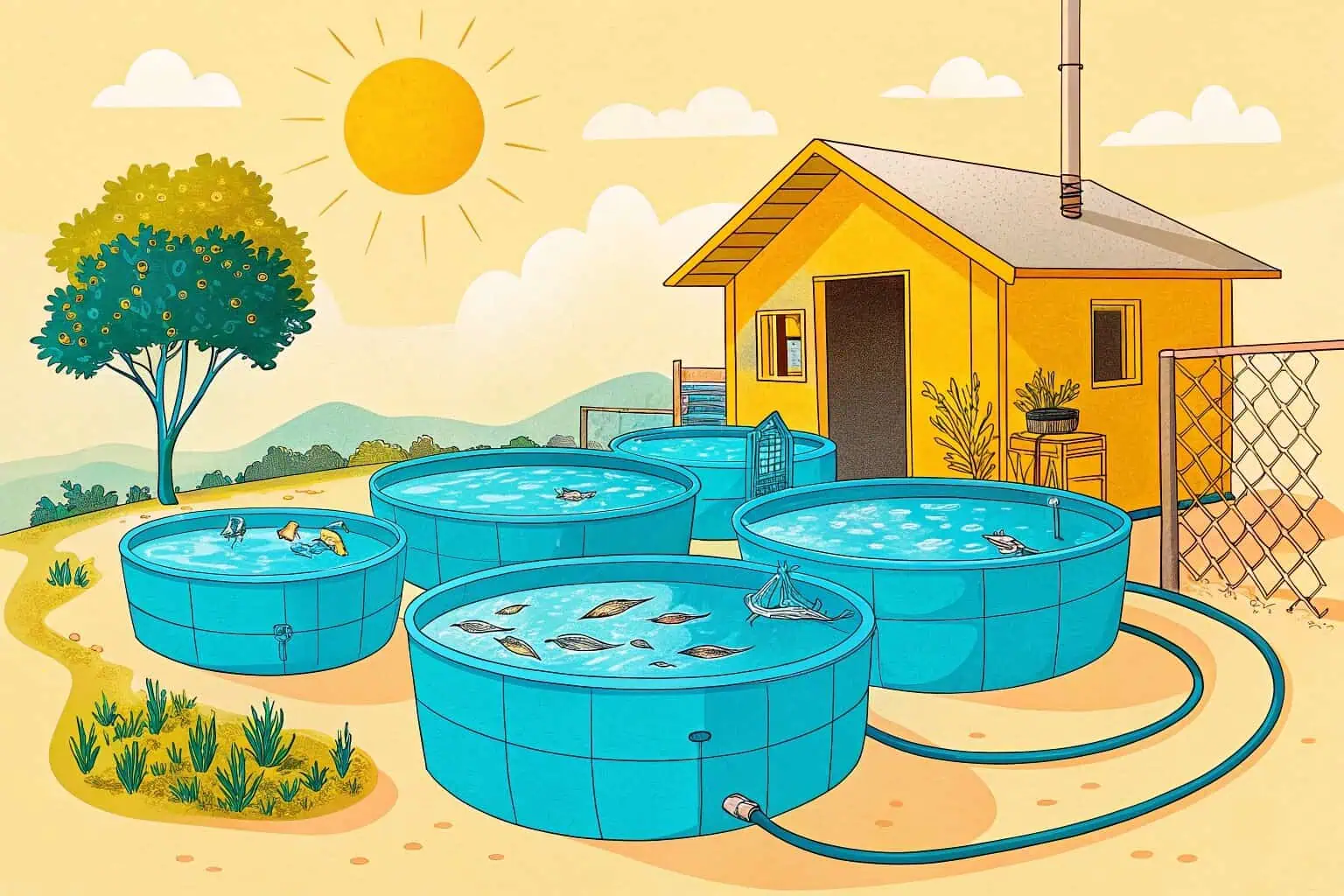
Starting a fish farm seems complex, but it doesn't have to be. The key is choosing the right fish and using the right techniques. I've spent years in this industry and have seen what works. Let's break down how you can build a profitable fish farm, even if you're just starting out.
Which fish farming is most profitable?
Struggling to decide which fish will bring the best returns? The choice can be overwhelming, with so many options available. Let's pinpoint the most profitable species for your farm.
High-value species like Salmon and shrimp can be the most profitable, especially in premium markets. However, for beginners, Tilapia and Catfish offer a more reliable path to profitability due to their lower startup costs, rapid growth, and consistent market demand.
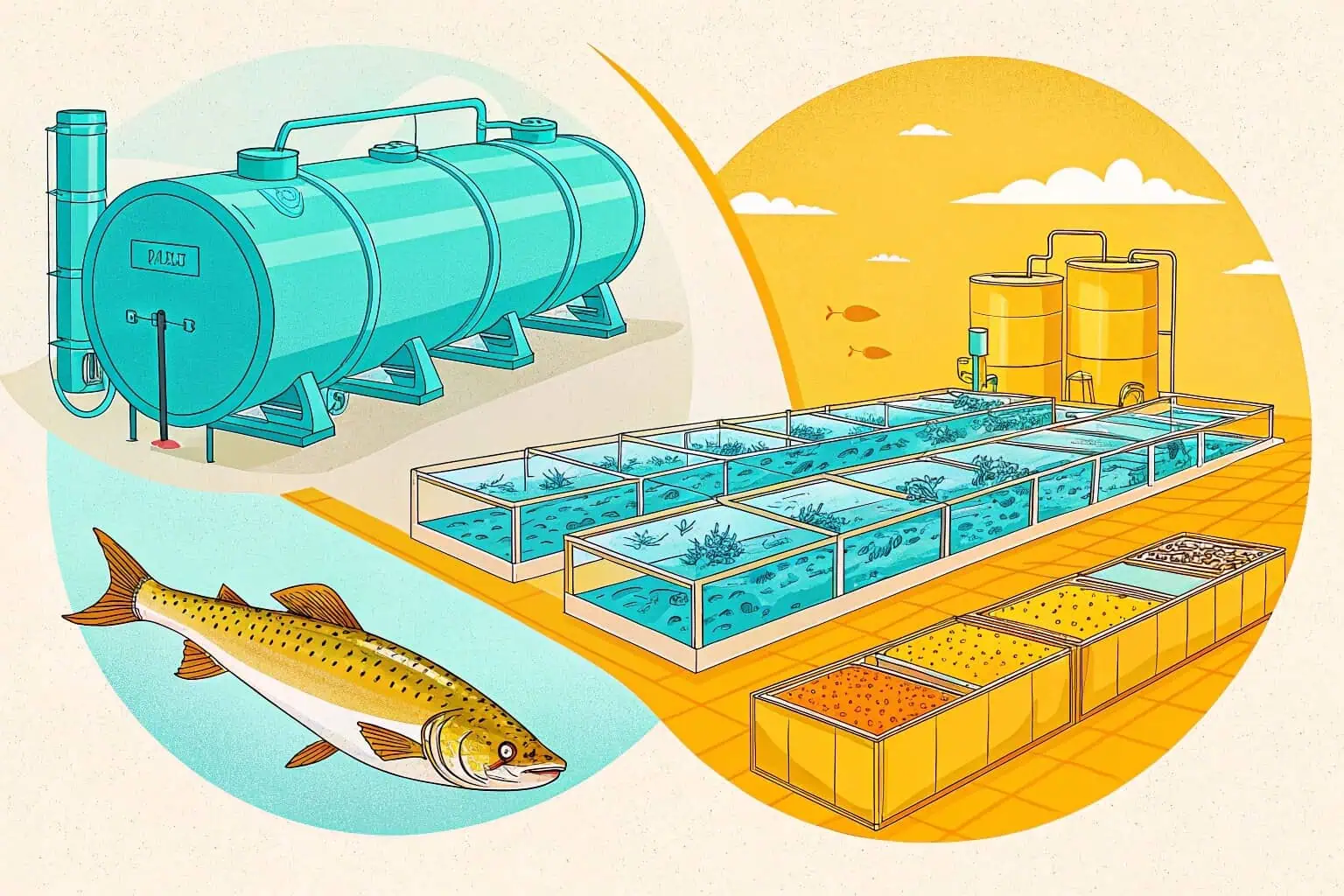
Profitability in fish farming isn't just about the final sale price; it's a balance of several factors. High-value species like Salmon command premium prices but come with high startup and operational costs, requiring cold, pristine water and specialized knowledge. This makes them a risky choice for newcomers. On the other hand, high-volume species1 like Tilapia and Catfish are more forgiving and have a broader market base. I've seen many successful farms built on the principle of starting with a reliable, easy-to-manage fish. Your location is also critical. Research your local market to see what's in demand. In the US, Catfish is a staple, while in many parts of Asia, Tilapia is preferred. Understanding these local preferences is key to ensuring you have buyers for your harvest.
High-Value vs. High-Volume
Choosing between high-value and high-volume species is a fundamental decision. High-value fish like salmon or tuna promise large profits per fish but require significant investment and expertise. High-volume fish like tilapia are less profitable per unit but are easier to raise and have a constant demand, providing a steadier income stream. For beginners, the high-volume strategy is often safer and more sustainable as it allows you to learn the business with less financial risk.
Market Demand and Location
Never underestimate the power of local market research2. Before you invest a dollar, find out what kind of fish people in your area are buying. Talk to local restaurants, markets, and distributors. In some regions, there might be a niche market for a specific type of fish3 that you can capitalize on. Your climate also plays a huge role. Tilapia thrive in warm water, while trout or salmon need cold water. Matching your fish species to your climate will save you a lot of money on heating or cooling costs.
Cost vs. Reward
Here’s a simple breakdown to help you compare some popular choices:
| Fish Type4 | Initial Investment | Market Demand5 | Profit Margin |
|---|---|---|---|
| Tilapia | Low | High | Moderate |
| Catfish | Low | High | Moderate |
| Salmon | High | High | High |
| Shrimp | Medium | Very High | High |
As you can see, Tilapia and Catfish offer a balanced profile for beginners, making them the sweet spot for starting a profitable farm.
What is the easiest fish to breed and make money?
Want to breed fish for profit but don't know where to start? Breeding can be tricky, but some species make it easy. Let's look at the best options for beginners.
Tilapia is arguably the easiest fish to breed for profit. They are prolific breeders, even in small tanks or ponds, and reach market size quickly. This allows for a continuous harvest cycle and a steady income stream with relatively low effort compared to other species.
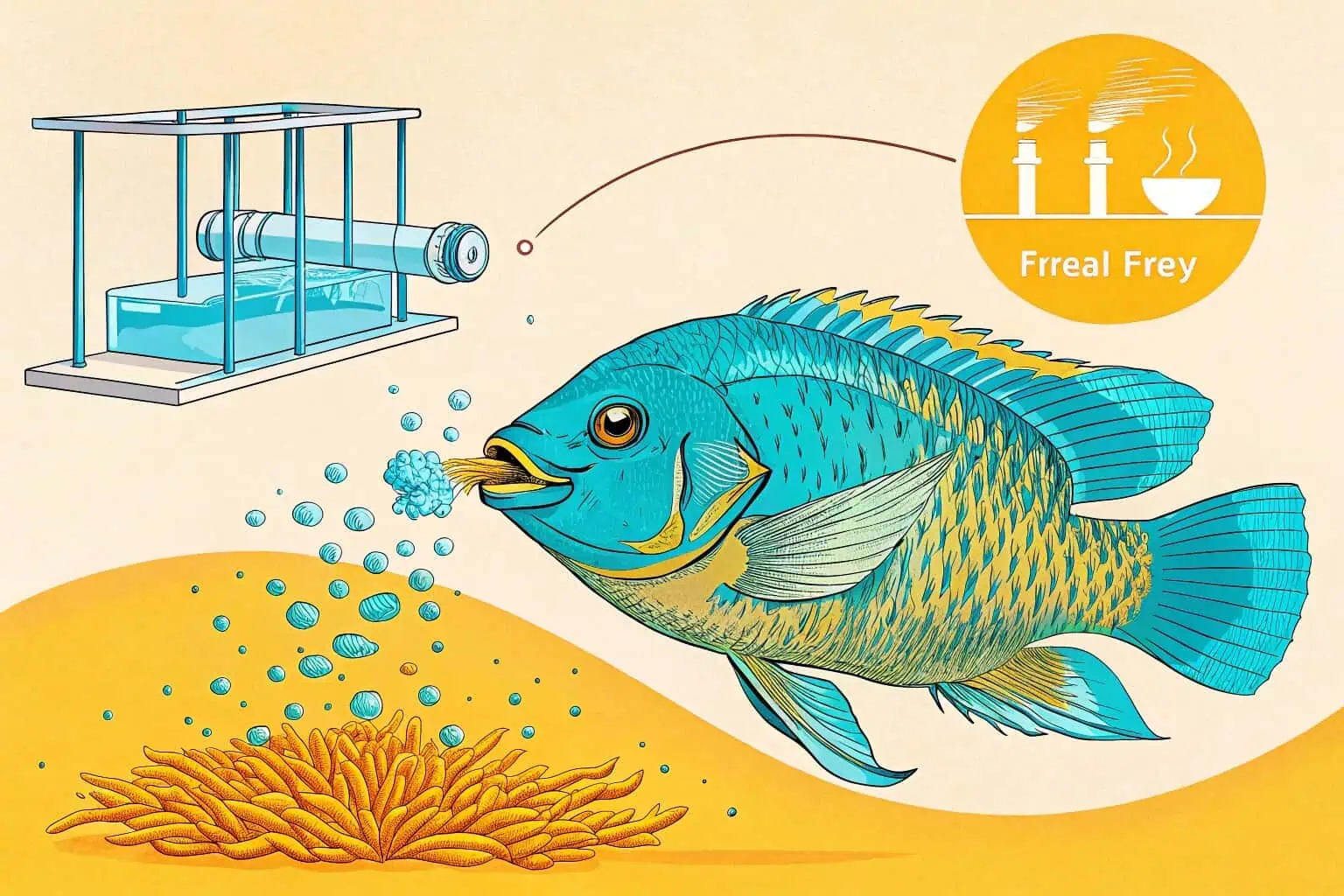
Breeding your own fish6 is a game-changer for profitability because it eliminates the recurring cost of buying fingerlings. Tilapia7 are ideal for this because they practically do the work for you. I started a small backyard system with just a handful of Tilapia and was amazed at how quickly they multiplied. The key is to provide them with the right environment. A simple setup with a few dedicated breeding tanks is all you need. Once the fry are born, you move them to a separate grow-out tank. This cycle ensures you have a constant supply of fish to raise and sell. It’s a scalable model that I’ve seen work time and time again, from small home-based setups to larger commercial operations.
Why Tilapia is a Top Choice for Breeding
Tilapia are mouthbrooders8, which is a fascinating and highly effective breeding strategy. The female holds the fertilized eggs in her mouth until they hatch, and even protects the young fry in her mouth for a while after. This results in an incredibly high survival rate for the offspring compared to species that scatter their eggs. They also breed frequently, sometimes as often as every 4-6 weeks in optimal conditions. This prolific nature means a small number of broodstock can produce a large number of fingerlings in a short amount of time.
Setting Up a Simple Breeding System
You don't need a high-tech facility to breed Tilapia. A few simple tanks will do. You'll need one tank for your broodstock (a mix of males and females), and at least one or two smaller tanks to move the fry into after they hatch. This prevents the adult fish from eating the young ones. Make sure the water temperature is warm and stable, ideally between 25-30°C (77-86°F). Providing some hiding spots like pipes or rocks can also encourage breeding and make the fish feel more secure.
From Breeding to Market
Once you have a steady supply of fingerlings, the process is straightforward. You raise them in your grow-out tanks9 until they reach market size, which for Tilapia can be as little as 6-8 months. Because you're breeding them yourself, your cost per fish is significantly lower, which directly translates to higher profit margins when you sell them. This integrated system of breeding and growing is the foundation of a truly sustainable and profitable fish farm.
Is owning a fish farm profitable?
Dreaming of owning a fish farm but wondering if it's a good business? Profitability is a major concern for any new venture. Let's explore the financial realities of fish farming.
Yes, owning a fish farm can be very profitable. With global demand for seafood rising, aquaculture is a growing industry. Success depends on smart planning, efficient management, and choosing the right species. Many small-scale farms see significant returns by focusing on high-demand, low-maintenance fish.
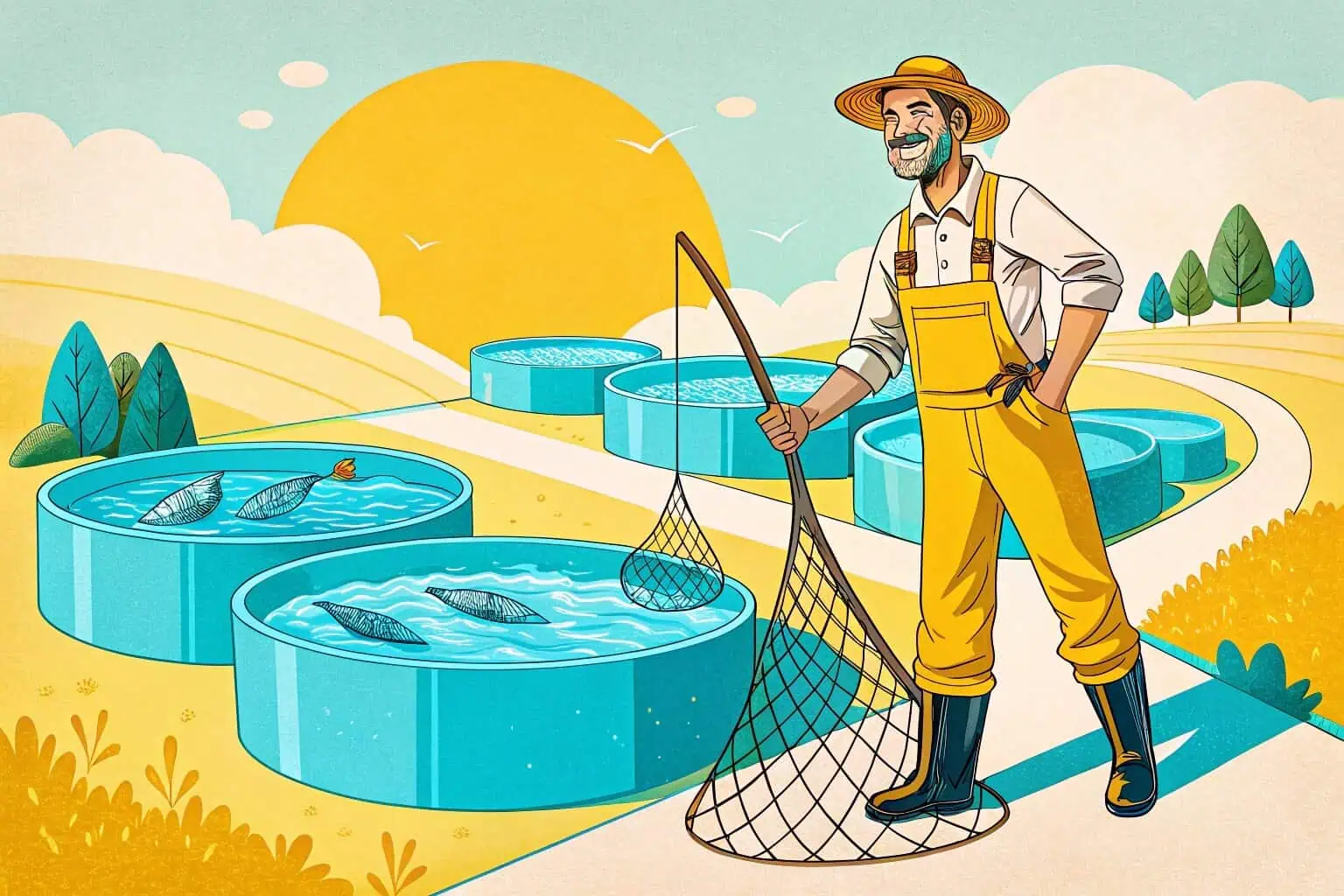
The profitability of a fish farm is not a guarantee, but a result of careful planning and hard work. The global aquaculture market10 is booming, with projections showing a 30% growth by 2030. This rising tide lifts all boats, creating a massive opportunity. However, success hinges on managing your costs. Feed is the biggest expense, often 60-70% of your budget, so sourcing affordable, quality feed11 is non-negotiable. Water quality is the other pillar; one disease outbreak can wipe out your profits. I’ve seen it happen. This is why I always advise starting small. A backyard system lets you learn the ropes with low risk. You can master water management and feeding schedules before you invest heavily. Once you're confident, you can scale up your operations for significant returns.
Understanding the Financials
Before you start, create a detailed business plan. Calculate your startup costs12 (tanks, pumps, fingerlings) and your ongoing operational costs (feed, electricity, water). Then, research the market price for the fish13 you plan to raise to estimate your potential revenue. A realistic budget will help you stay on track and make informed decisions. Don't forget to factor in a contingency fund for unexpected events like equipment failure or disease.
Key Factors for Profitability
Several factors will determine your success.
- Species Choice14: As we've discussed, choose a fish that is well-suited to your climate and has strong market demand.
- Feed Management: Overfeeding wastes money and pollutes the water. Underfeeding slows growth. Find the right balance.
- Water Quality15: Regularly test your water for pH, ammonia, and nitrite levels. A good filtration system is a worthwhile investment.
- Stocking Density: Don't overcrowd your tanks. This can lead to stress, disease, and slower growth.
Starting Small and Scaling Up
The beauty of fish farming is its scalability. You can start with a single tank in your backyard. This allows you to learn the practical skills of fish farming without a huge financial burden. As you become more experienced and start to turn a profit, you can reinvest that money to expand your farm. Add more tanks, try new species, or even build a dedicated facility. This gradual approach is the smartest way to build a long-term, profitable business.
What is the easiest fish to farm raise?
New to fish farming and looking for a low-stress start? Choosing an easy-to-raise fish is the most important first step. Let's identify the most beginner-friendly species you can farm.
Catfish and Tilapia are the easiest fish to raise for beginners. They are incredibly resilient, tolerate a wide range of water conditions, and have simple dietary needs. Their hardiness makes them forgiving of common beginner mistakes, ensuring a higher chance of a successful first harvest.
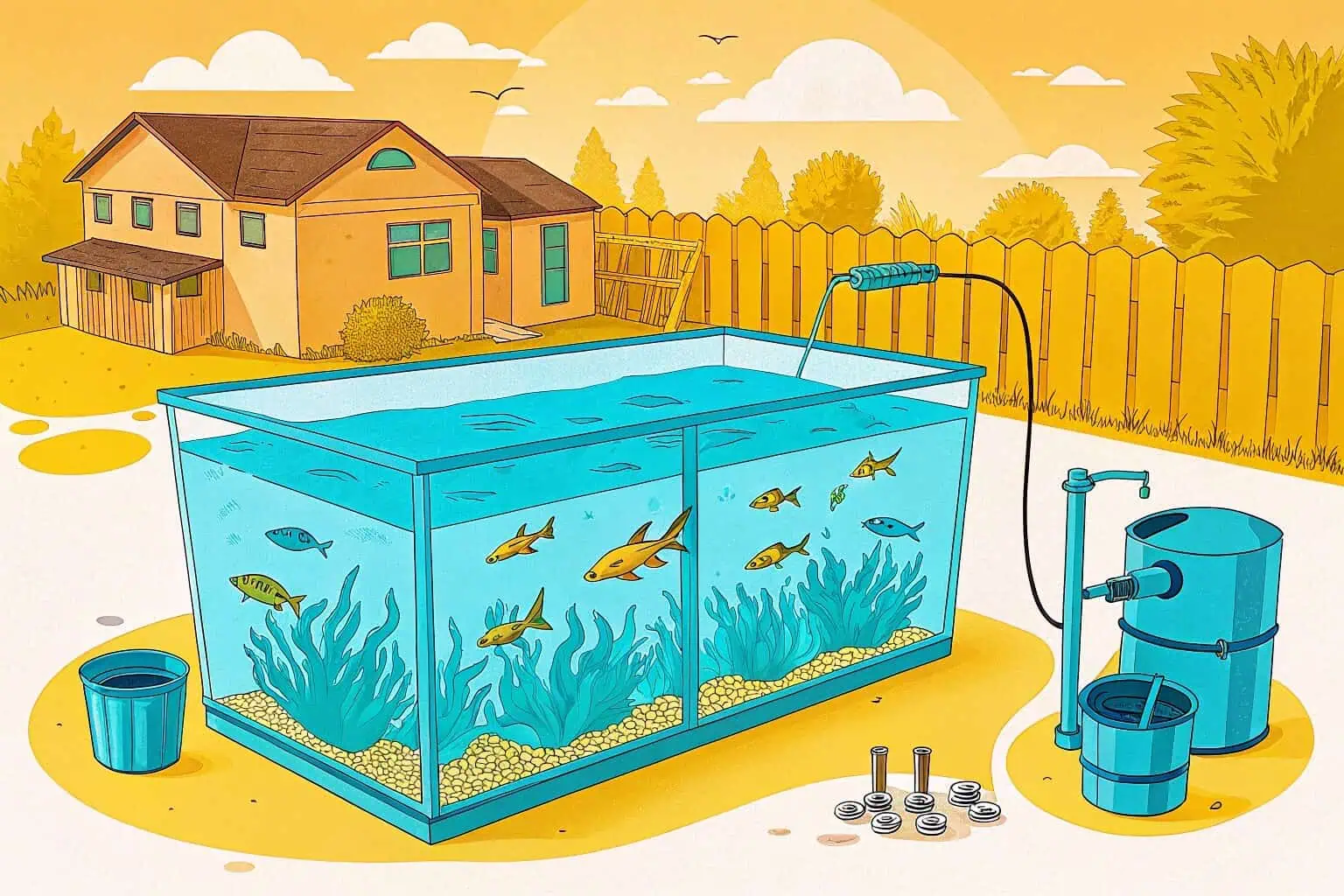
What makes a fish "easy" to farm? It's a combination of resilience, adaptability, and simple needs16. You want a fish that won't die if the water temperature fluctuates slightly or if you make a small mistake in feeding. Catfish and Tilapia17 fit this description perfectly. I've seen them thrive in conditions that would be fatal to more sensitive species. This hardiness is your safety net as a beginner. It gives you room to learn and make adjustments without losing your entire stock. Using the right equipment, like our durable, collapsible fish tanks, further simplifies the process by giving you a controlled environment that is easy to manage and clean, setting you up for success from day one.
A Closer Look at Catfish and Tilapia
Catfish are famous for their toughness. They can even breathe atmospheric air, which allows them to survive in water with low oxygen levels. They are not picky eaters and will consume a wide variety of feeds. Tilapia are also incredibly adaptable, especially to different water temperatures and quality. They grow fast, reaching market size in 6-8 months in warm water. Both have a mild flavor that appeals to a broad range of consumers, ensuring good market demand.
The Right Environment for Easy Farming
While these fish are hardy, providing them with a good environment18 will maximize their growth and your profit. A clean tank with good filtration is essential. For beginners, I recommend a tank system over a pond because it gives you more control over the water quality and makes it easier to observe the fish. Our collapsible tanks19 are a great option because they are affordable, easy to set up, and durable. They come in various sizes, allowing you to start small and expand as your farm grows.
Common Mistakes to Avoid
As a beginner, you're bound to make mistakes. Here are a few common ones to watch out for:
- Overcrowding20: Putting too many fish in one tank leads to stress and disease.
- Overfeeding: Excess food pollutes the water and wastes money. Feed your fish only what they can consume in a few minutes.
- Ignoring Water Quality: Regularly test your water and perform partial water changes as needed. Don't wait until your fish look sick.
Conclusion
Starting a profitable fish farm is achievable by choosing easy-to-raise species like Tilapia or Catfish, managing costs effectively, and starting small to gain experience before scaling up your operations.
-
This resource will help you understand easier-to-manage fish options that can lead to successful farming. ↩
-
Understanding local market research can help you make informed decisions and maximize your investment in the right products. ↩
-
Exploring niche markets can reveal unique opportunities for profit and growth in the fish ↩
-
Explore this link to understand the different fish types and their suitability for farming, helping you make an informed decision. ↩
-
Find out which fish are most in demand in the market to maximize your profits and ensure a successful farming venture. ↩
-
Explore this resource to learn effective breeding techniques that can maximize your fish farming profitability. ↩
-
Discover expert tips on breeding and raising Tilapia efficiently to boost your fish farming success. ↩
-
Learn about mouthbrooding fish to understand their unique reproductive strategy and benefits for aquaculture. ↩
-
Explore this resource to learn effective strategies for managing grow-out tanks and maximizing tilapia growth. ↩
-
Understanding market trends can help you identify growth opportunities and make informed investment decisions. ↩
-
Finding reliable sources for cost-effective feed is crucial for maintaining profitability in fish farming. ↩
-
Understanding startup costs helps plan your initial investment and secure necessary funding. ↩
-
Knowing the market price allows you to estimate potential revenue and profitability. ↩
-
Explore this resource to find fish species that are well-suited to your climate and market demand, ensuring a successful aquaculture venture. ↩
-
Learn essential water testing and filtration techniques to keep your fish healthy and promote growth. ↩
-
Understanding these traits helps beginners choose fish that are more likely to thrive and succeed in aquaculture. ↩
-
Learn why these species are ideal for beginners and how they can thrive in various conditions, reducing the risk of failure. ↩
-
Explore this resource to learn how to optimize water quality and tank conditions for healthy fish growth. ↩
-
Discover durable and affordable collapsible tanks that are perfect for starting or expanding your fish farm. ↩
-
Learn effective strategies to maintain a healthy environment for your fish by avoiding overcrowding. ↩